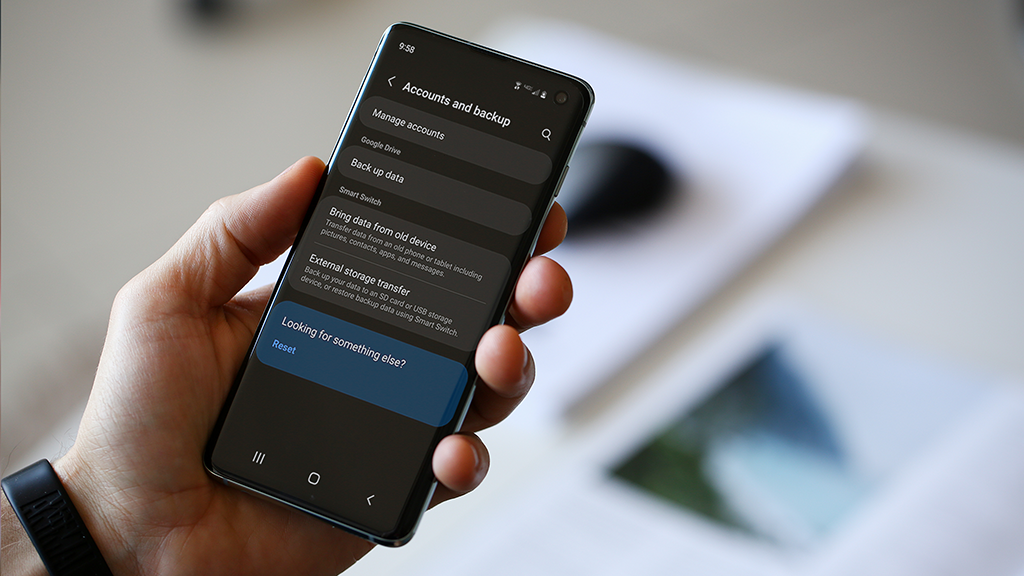How to Backup Smartphone Data: A Comprehensive Guide

Backing up your smartphone data is crucial to protect against loss due to hardware failure, theft, or accidental deletion. Whether you use an iPhone or an Android device, creating regular backups ensures that your photos, videos, contacts, messages, apps, and settings are safely stored and can be restored when needed. Here’s a detailed guide on how to backup smartphone data effectively.
Understanding the Importance of Backup
- Data Loss Risks: Smartphones can be lost, damaged, or stolen, leading to potential loss of important data such as photos, videos, contacts, and documents.
- Preventing Accidental Deletion: Backup ensures you can recover data accidentally deleted or corrupted during updates or app installations.
- Seamless Device Transfer: When upgrading to a new smartphone or switching between devices, backups facilitate transferring your data without hassle.
Methods to Backup Smartphone Data
1. Cloud Backup
Cloud backups are convenient and provide automatic syncing of your data to remote servers maintained by service providers. Popular cloud backup services include iCloud for iOS devices and Google Drive for Android devices.
For iPhone (iOS):
- iCloud Backup:
- Enable iCloud Backup: Go to Settings > [Your Name] > iCloud > iCloud Backup. Toggle it on and tap Back Up Now to initiate an immediate backup.
- Automatic Backup: Enable iCloud Backup to automatically backup your device when connected to Wi-Fi and plugged in.
- What’s Backed Up: iCloud backups include app data, device settings, photos, videos, messages (iMessage, SMS, and MMS), and more.
For Android Devices:
- Google Backup:
- Google Account: Go to Settings > System > Backup (or Backup & Reset). Enable Backup to Google Drive and select the data types to backup.
- Automatic Backup: Android devices can automatically backup settings, app data, call history, and more to Google Drive.
- What’s Backed Up: Google backups include app data, device settings, call history, contacts, photos, videos, and more.
2. Local Backup
Local backups involve storing your data on a physical storage device such as a computer or external hard drive. This method provides more control over your data but requires manual backup management.
Using iTunes (for iPhone):
- Connect iPhone to Computer: Launch iTunes and connect your iPhone using a USB cable.
- Backup: Select your device icon in iTunes, then choose Summary. Under Backups, select This Computer and click Back Up Now to start the backup process.
- What’s Backed Up: iTunes backups include almost all data on your iPhone, including apps, photos, messages, and settings.
Using Finder (for macOS Catalina and later):
- Connect iPhone to Mac: Connect your iPhone to a Mac using a USB cable.
- Backup: Open Finder and select your iPhone under Locations. Click Back Up Now to create a backup.
- What’s Backed Up: Similar to iTunes, Finder backups include all data on your iPhone.
Using Windows (for Android Devices):
- Connect Android to Computer: Connect your Android device to a computer using a USB cable.
- Copy Files: Navigate to your device in File Explorer and copy essential files (such as photos, videos, and documents) to your computer’s hard drive or external storage.
- What’s Backed Up: You manually select and copy specific files and folders from your Android device to your computer.
3. Third-Party Backup Apps
Various third-party apps offer comprehensive backup solutions for both iOS and Android devices. These apps often provide additional features such as selective backup, scheduled backups, and cross-platform compatibility.
Examples:
- Helium (for Android): Allows backup of apps and data to local storage or cloud services.
- Syncios Data Transfer (for iOS and Android): Offers comprehensive backup and restore features, including selective backup and data transfer between devices.
Best Practices for Smartphone Backup
- Regular Backups: Set up automatic backups to ensure your data is consistently protected without manual intervention.
- Verify Backup Completeness: After backing up, verify that all essential data types are included in the backup file or cloud service.
- Secure Backup Storage: Ensure that backups are stored securely, whether on trusted cloud services with encryption or password-protected local storage.
- Update Backup Settings: Periodically review and update backup settings to include new data types or changes in device configuration.
- Multiple Backup Locations: Consider keeping backups in multiple locations (e.g., both cloud and local storage) for added redundancy and accessibility.
Restoring from Backup
When restoring from a backup, follow these steps based on your chosen backup method:
- Cloud Backup: Sign in to your account on the new device and choose to restore from the cloud backup during the initial setup or through device settings.
- Local Backup: Connect your new or reset device to the computer with iTunes, Finder, or File Explorer. Follow prompts to restore from the most recent backup.
- Third-Party Apps: Follow the app’s instructions to restore data from the backup file stored on your computer or cloud service.
Troubleshooting Backup Issues
- Insufficient Storage: Ensure sufficient storage space in your cloud account or on your local backup device to complete backups.
- Connection Issues: Address connectivity issues between your device and computer or cloud service provider to resume or complete backups.
- Backup Corruption: If a backup file becomes corrupted, try creating a new backup or using alternative backup methods.
Conclusion
Backing up smartphone data is essential for safeguarding your valuable information and ensuring you can recover it in case of device loss or damage. By understanding the backup methods available (cloud, local, and third-party apps) and following best practices for regular backup, you can enjoy peace of mind knowing your data is secure and accessible. Take the time to configure automatic backups and periodically verify their completeness to maintain effective data protection. With this guide, you’re equipped to protect your smartphone data effectively and manage backups confidently.




